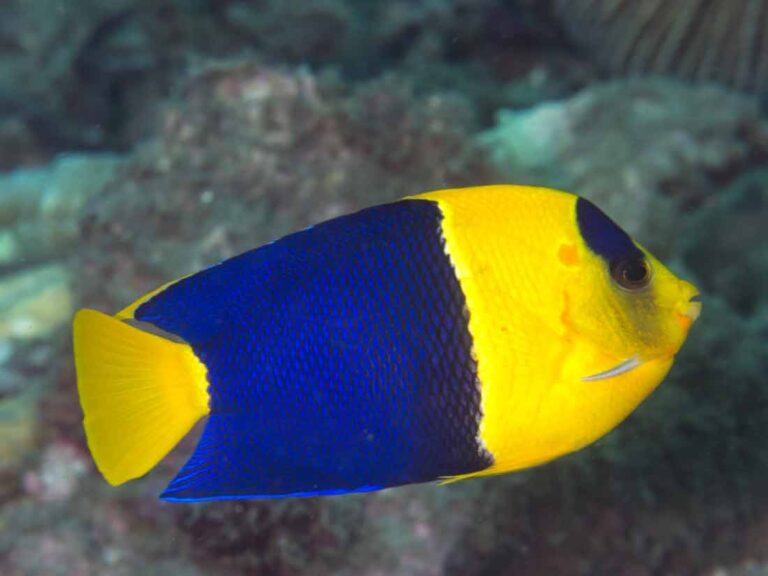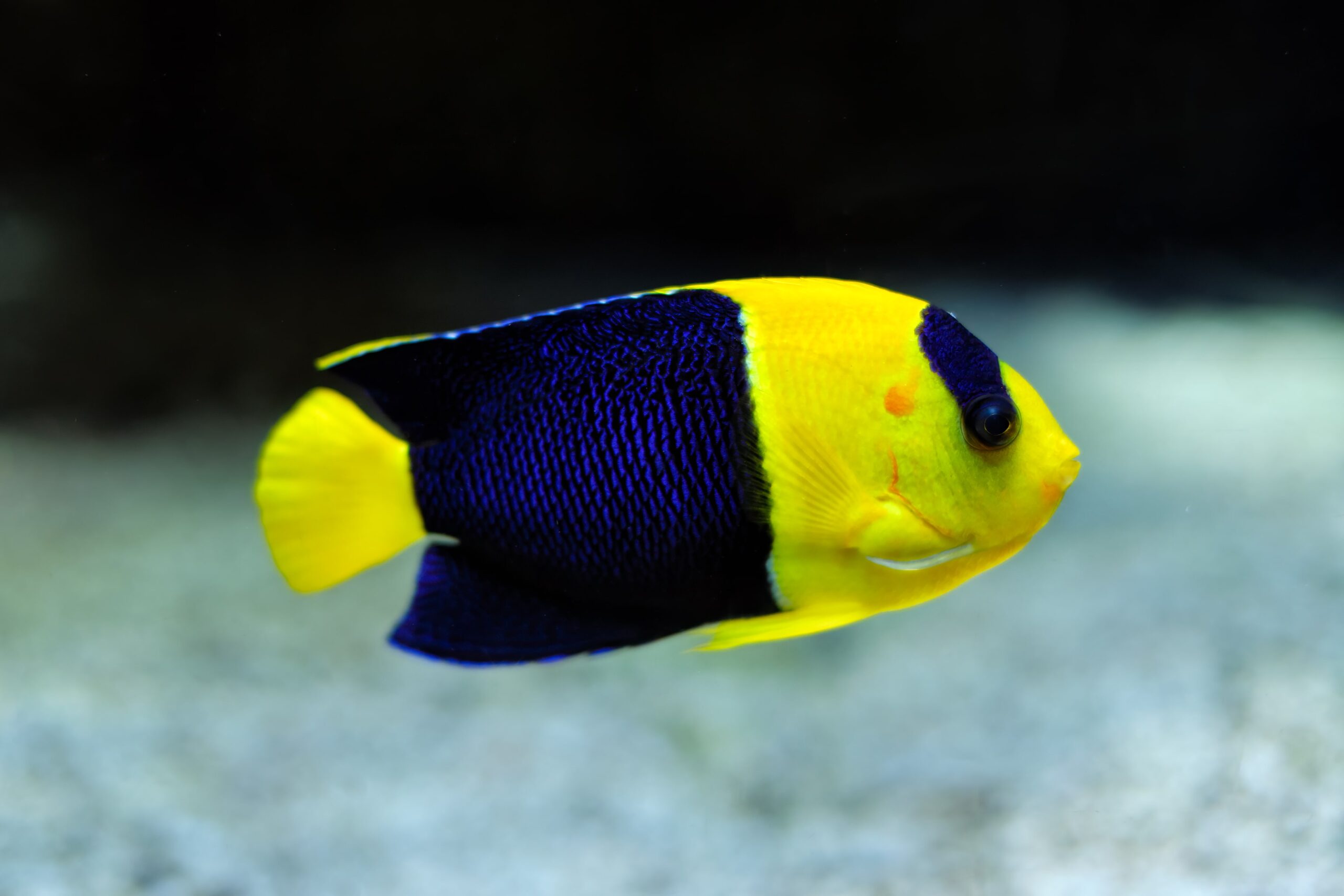Bicolor Angelfish Care
If you're thinking of adding bicolor angelfish to your aquarium, you've made a great choice! These beautiful and vibrant fish bring a burst of color to any tank and are relatively easy to care for. In this post, we'll provide you with all the information you need to take care of bicolor angelfish.
Pain Points of Bicolor Angelfish Care
Before we dive into the details of bicolor angelfish care, let's touch on some common pain points associated with taking care of these fish. First and foremost, bicolor angelfish can be somewhat aggressive towards other fish, so it's important to choose the right tank mates. Additionally, bicolor angelfish require a specific diet that includes a variety of live and frozen foods. Finally, they need a well-maintained tank with excellent water quality to thrive.
Target of Bicolor Angelfish Care
The target of bicolor angelfish care is to provide these fish with a healthy, stimulating environment that supports their physical and emotional well-being. This includes offering a varied diet, choosing appropriate tank mates, and maintaining excellent water quality.
Summary of Bicolor Angelfish Care
To summarize, bicolor angelfish care requires attention to the following details:
- Selecting appropriate tank mates
- Offering a varied diet of live and frozen foods
- Maintaining excellent water quality
By paying attention to these details, you can ensure that your bicolor angelfish thrive in their home tank.
Bicolor Angelfish Diet and Tank Size
When it comes to feeding bicolor angelfish, it's important to offer a varied diet that mimics their natural diet in the wild. This includes live or frozen brine shrimp, krill, mysis shrimp, and other small, meaty foods. Additionally, bicolor angelfish need a tank size of at least 70 gallons to provide them with plenty of space to swim and explore.

In my experience, bicolor angelfish tend to be quite active and curious fish. They enjoy exploring their tank and seem to appreciate plenty of hiding spots and swimming space. However, they can be somewhat aggressive towards other fish, so it's important to choose tank mates carefully. Avoid putting them with other large or aggressive fish, and consider adding small, peaceful species like gobies or clownfish instead.
Water Quality and Tank Maintenance
Bicolor angelfish require a well-maintained tank with excellent water quality to thrive. This includes monitoring water parameters like pH, temperature, and salinity on a regular basis and performing regular water changes to keep the water clean and fresh. Additionally, bicolor angelfish can be sensitive to high levels of nitrates and other toxins, so it's important to keep the tank clean and well-filtered.

Bicolor Angelfish Breeding
If you're interested in breeding bicolor angelfish, you'll need to set up a dedicated breeding tank with live rock and plenty of hiding spots. However, it should be noted that bicolor angelfish can be somewhat difficult to breed in captivity, so this may not be a practical goal for all aquarium owners.
Bicolor Angelfish Tank Mates
As mentioned earlier, bicolor angelfish can be somewhat aggressive towards other fish, so it's important to choose the right tank mates. Good choices include peaceful species like gobies, clownfish, and other small, bottom-dwelling fish. Avoid pairing them with larger or more aggressive fish that may intimidate or harm them.
Question and Answer
Q. How big do bicolor angelfish get?
A. Bicolor angelfish typically grow to be around 4 inches in length.
Q. Are bicolor angelfish reef-safe?
A. Bicolor angelfish can be kept in reef tanks, but they may nip at some forms of coral or invertebrates.
Q. How often should I feed my bicolor angelfish?
A. Bicolor angelfish should typically be fed 1-2 times per day, with a varied diet that includes live or frozen foods.
Q. Can I keep bicolor angelfish in a 50-gallon tank?
A. It's generally recommended that bicolor angelfish be kept in a tank of at least 70 gallons to provide them with enough space to swim and thrive.
Conclusion of Bicolor Angelfish Care
Overall, bicolor angelfish care requires attention to diet, tank size, water quality, and tank mates. If you're prepared to put in the effort to care for these colorful and active fish, they can make a beautiful and rewarding addition to your home aquarium.
Gallery
Bicolor Angelfish Care - Size, Life Span, Tank Mates, Breeding

Photo Credit by: bing.com / bicolor angelfish
Bicolor Angelfish Care Guide | Food & Diet, Price, Lifespan

Photo Credit by: bing.com /
Dwarf Angelfish - Bicolor Angelfish (Centropyge Bicolor) - AquariumCodex

Photo Credit by: bing.com / angelfish bicolor dwarf centropyge saltwater
Bicolor Angelfish - Profile | Care | Tank Mates | Diet | Food | Facts

Photo Credit by: bing.com / bicolor angelfish centropyge blauwgele aquainfo mates
23.99 - Bicolor Angelfish (Centropyge Bicolor)Care Minimum Tank Size 70

Photo Credit by: bing.com / bicolor angelfish centropyge